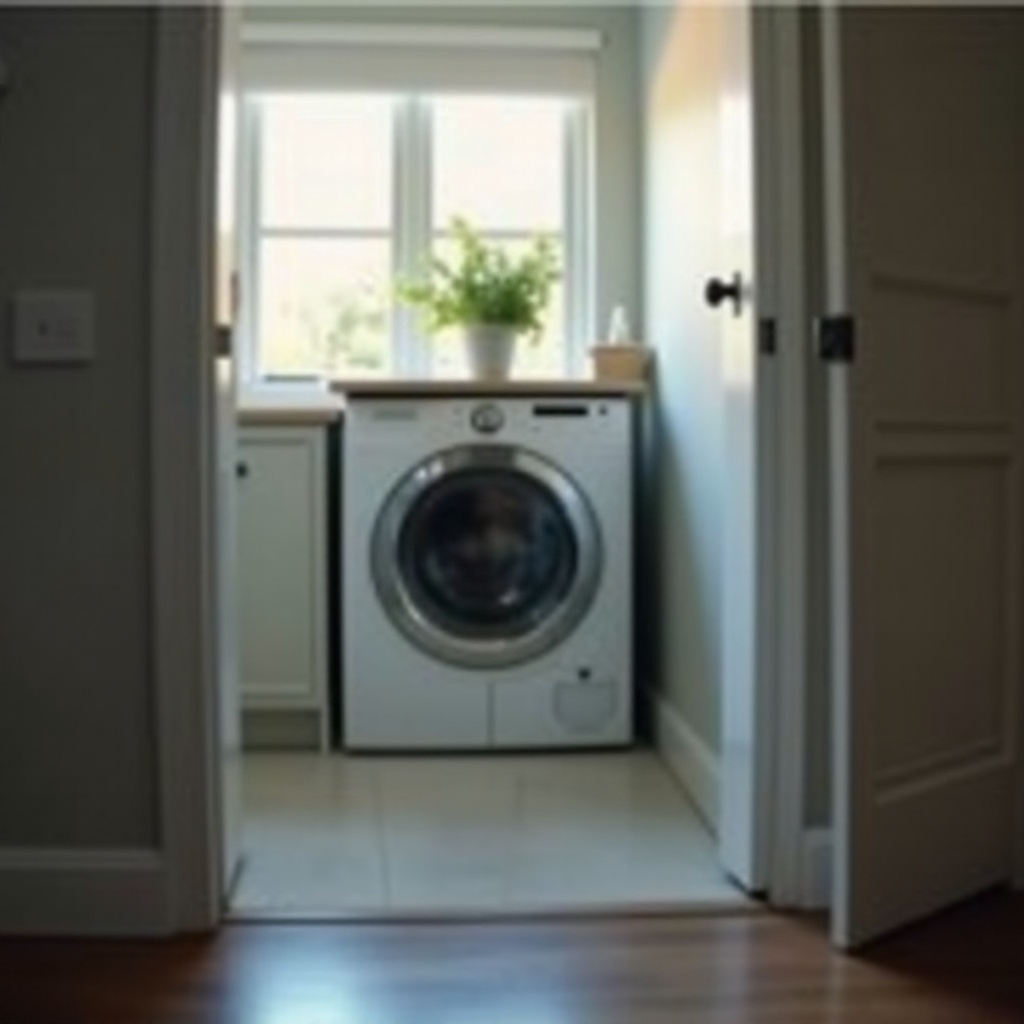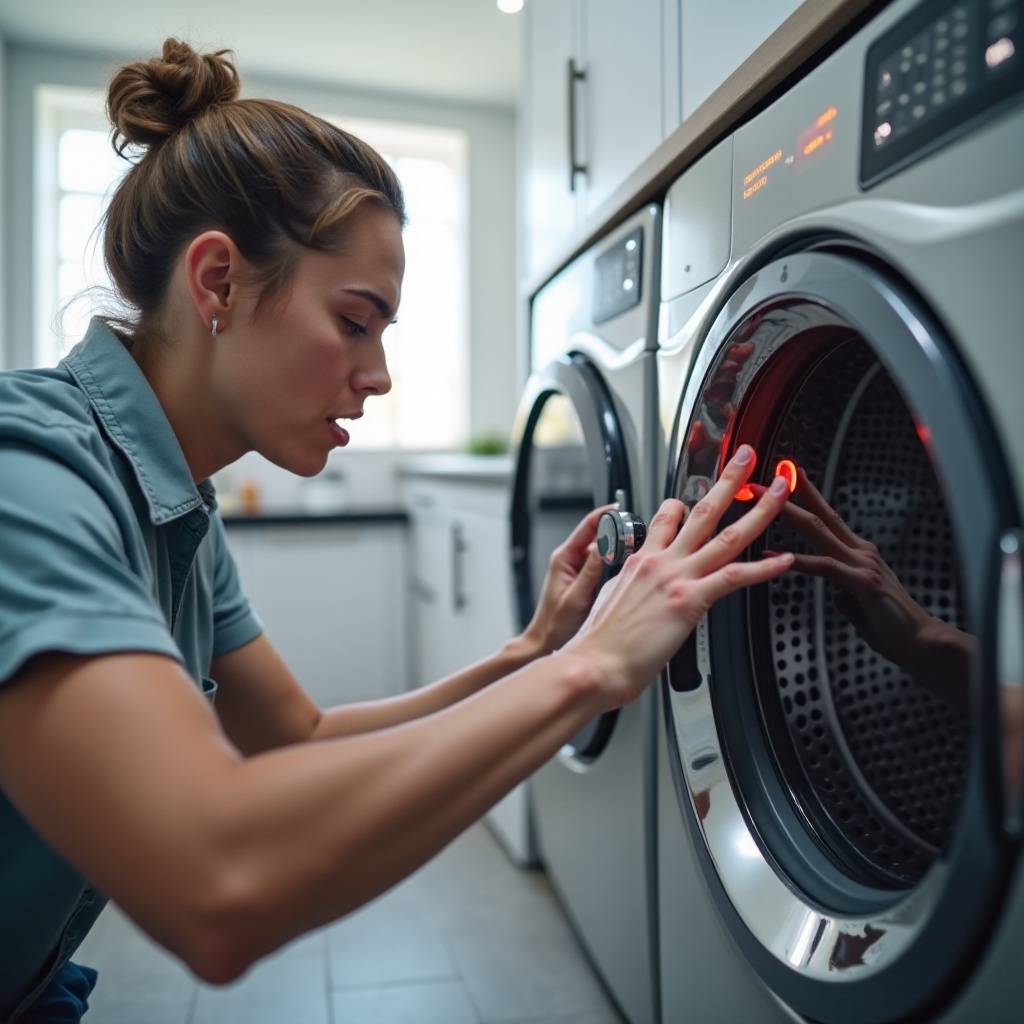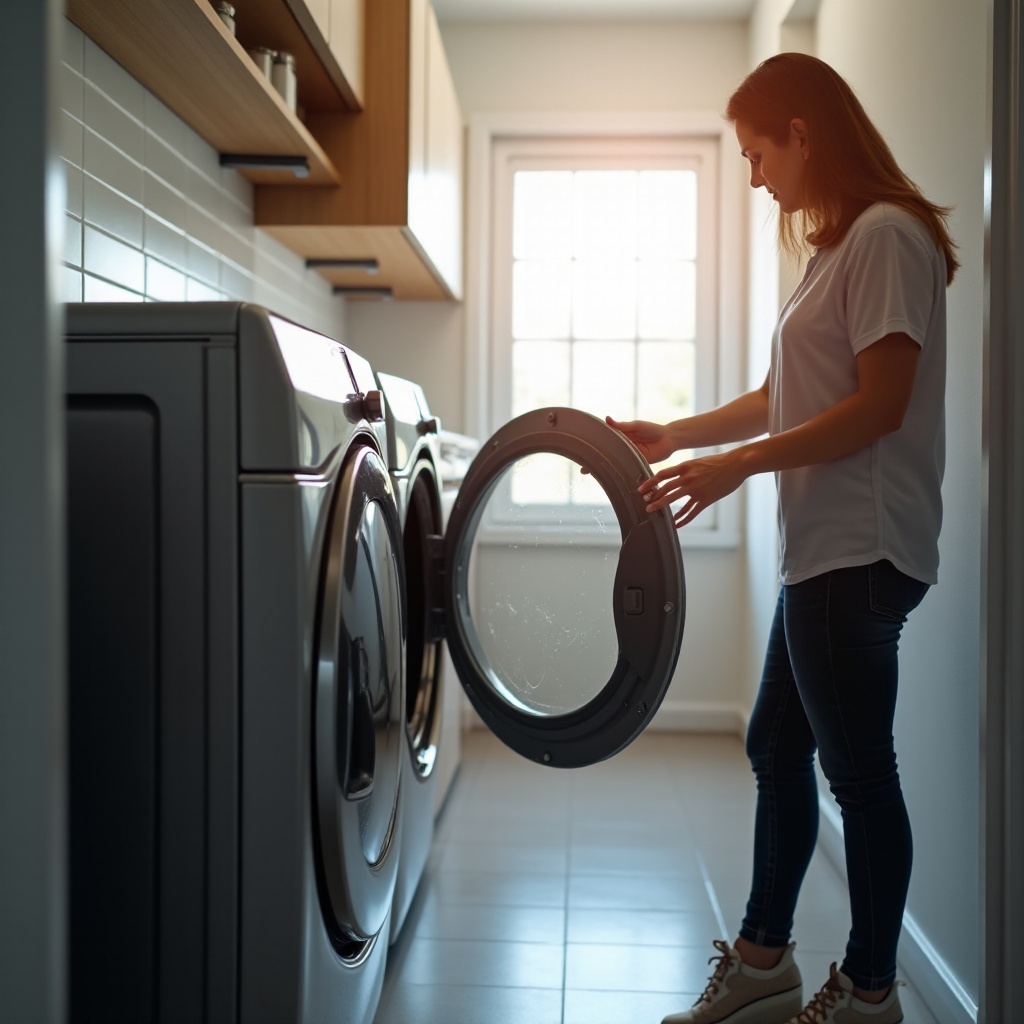Introduction
A dryer that unexpectedly shuts off after just five minutes can bring your laundry routine to a halt. Understanding the underlying causes of this issue is crucial for resolving it effectively. Addressing why this malfunction occurs not only saves time and frustration but also prevents potential mechanical or electrical damage. Let's explore the common causes and solutions so you can restore your dryer's efficiency.

Common Causes of a Dryer Shutting Off After 5 Minutes
Several factors could lead your dryer to stop prematurely. Recognizing these issues can lead to quick and cost-effective solutions.
Power Supply Issues: Ensure that your dryer is properly plugged into the outlet and check that the circuit breaker hasn't tripped. These are common but often overlooked reasons for power disruptions.
Faulty Door Switch: A malfunctioning door switch could make the dryer mistakenly think the door is open, interrupting its operation. This small component plays a critical role in ensuring the dryer's safety and functionality.
Overheating Sensor Malfunctions: Dryers are equipped with sensors to prevent overheating. If they malfunction, they might prematurely shut off the appliance to avoid damage or safety hazards.
Having identified these potential issues, we can proceed to practical troubleshooting steps.
Step-by-Step Troubleshooting Guide
Once you've identified potential issues, address each one methodically. Follow these steps to diagnose and fix your dryer problems.
Inspect the Circuit Breaker and Power Cord: Verify that the power cord is in good condition and securely plugged in. Inspect the circuit breaker for any tripped switches and reset them if necessary. Testing the outlet with another appliance can confirm if it’s providing power.
Testing and Replacing the Door Switch: If you don’t hear a clicking sound when closing the dryer door, the switch might be faulty. Use a multimeter to check for continuity. Replace the door switch if there's no continuity.
Evaluating the Thermostat Function: Access the thermostat within the dryer and use a multimeter to test its temperature readings. Replacing a faulty thermostat will help restore your dryer's proper operation.
By following these detailed steps, many dryer issues can be resolved at home, reducing the need for professional service calls.
How to Clean and Maintain Dryer Vents and Filters
Optimal airflow is essential for dryer performance, and obstructions can cause overheating and shutdowns.
Importance of Regular Cleaning: Always clean the lint filter after each load to maintain balanced airflow. Neglecting this can elevate fire risks and hinder performance.
Cleaning Procedure: Remove any debris collected on the lint filter. Check the exhaust vent and hose for any clogs and clean them using a vacuum or brush kit.
Warning Signs of Blocked Vents: Longer drying times or excessive heat often suggest vent blockages, requiring prompt attention to prevent further complications.
Maintaining clean vents and filters can prevent many of the issues that lead to premature shutdowns.
When to Contact a Professional Repair Service
Despite best efforts, some problems necessitate professional assistance. Recognizing when to call a technician saves undue stress and potential wear.
Identifying Persistent Issues: Ongoing problems despite troubleshooting likely need a professional diagnosis. Avoid tackling complex electrical or mechanical issues without proper expertise.
Estimated Costs and Considerations: Repair costs vary, so compare potential expenses against replacing the appliance, especially for older models.
Choosing a Qualified Technician: Seek certified professionals with positive reviews. Ensure any service guarantees their work and provides upfront estimates.
Professional guidance ensures correct and safe repairs for more complex issues, maintaining the longevity of your appliance.

Preventative Maintenance Tips for Dryer Longevity
Preventative care can extend your dryer's lifespan and functionality. Simple actions can avert frequent breakdowns.
Regular Inspection Schedule: Periodically inspect belts, drums, and other components for wear and tear. Replace parts before they cause broader issues.
Maintaining Optimal Load Sizes: Avoid overloading the dryer, as this can strain the motor and lead to overheating. Follow the manufacturer's instructions for load capacities.
Using the Dryer Safely: Clean the lint filter and ensure proper ventilation consistently. Refrain from leaving the dryer operating unattended.
These practices can help sustain your dryer's efficiency and reduce the need for repairs.

Conclusion
A dryer that suddenly shuts off can be a frustrating hassle, but understanding the problem and applying targeted solutions can significantly aid in restoring its functionality. Regular maintenance is an efficient way to prevent issues from occurring in the first place. Knowing when to seek professional assistance is crucial for handling complex troubleshooting. By prioritizing these solutions, your dryer can continue to be a reliable asset in your household.
Frequently Asked Questions
Why does my dryer turn off after a few minutes?
Several issues like power supply problems, a faulty door switch, or sensor malfunctions might cause this. Follow a systematic troubleshooting approach to identify the exact issue.
Can a faulty sensor cause my dryer to stop running?
Yes, if the sensor wrongly detects overheating, it might shut off the dryer to prevent damage. Testing and replacing faulty sensors can resolve this problem.
How often should I clean my dryer vent to prevent issues?
Regularly clean the lint filter after every load and inspect the exhaust vent every few months. This routine helps maintain efficiency and reduces fire hazards.
